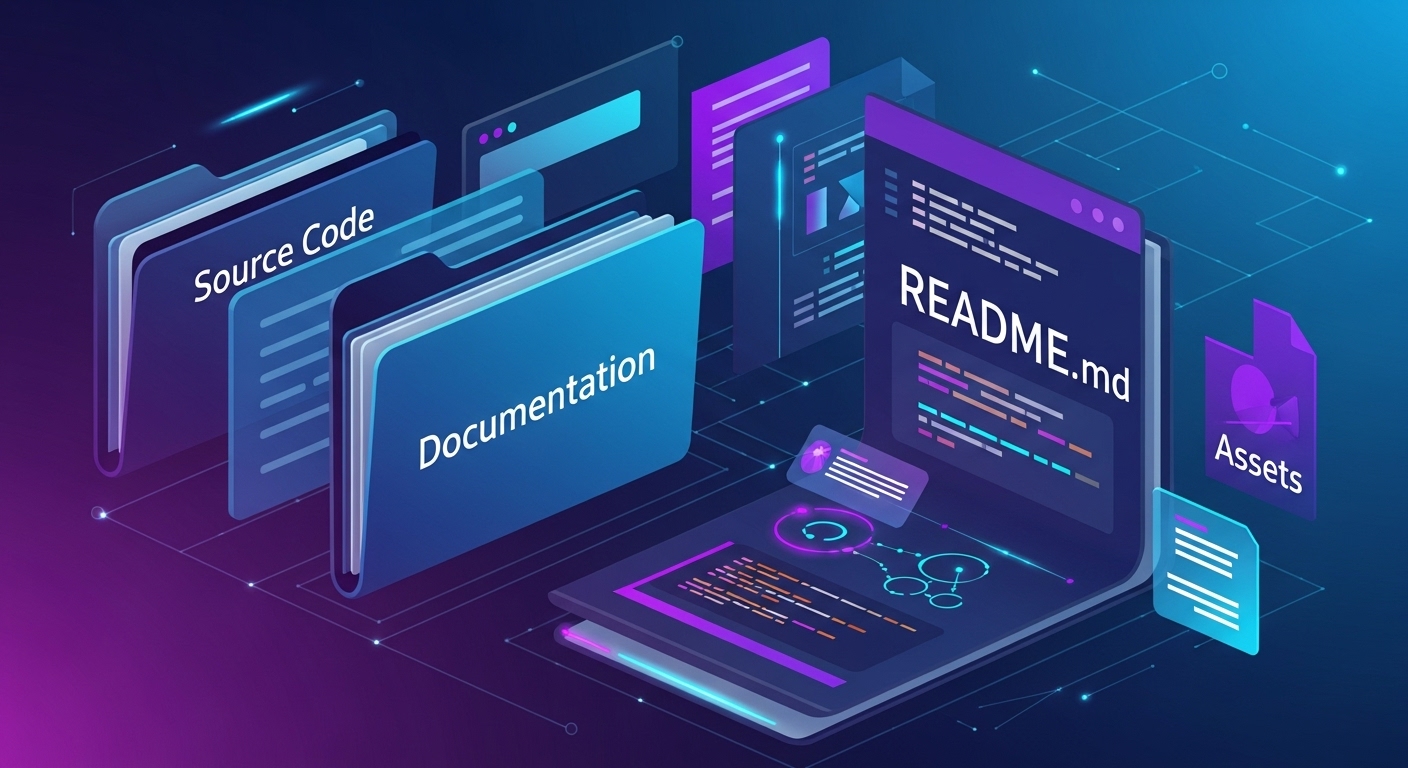Automating Documentation With LLMs: From README to Release Notes

Why Documentation Often Falls Behind
Traditional documentation processes struggle to keep up with fast-moving codebases. Developers prioritize features and fixes, not README updates. As a result, product teams face:
- Outdated or incomplete documentation
- Inconsistent tone and structure across projects
- Redundant effort maintaining internal and external docs
- Lost context when key contributors leave
LLMs solve these pain points by integrating documentation directly into the software lifecycle, ensuring that it evolves as quickly as the code itself.
How LLMs Automate Documentation Workflows
Modern LLMs trained on vast repositories of technical text, API schemas, and open-source documentation can now analyze codebases, understand structure, and generate content that mirrors human-written quality. When integrated into the CI/CD pipeline or IDE, they automate tasks like:
The Developer Experience Revolution
LLMs have shifted documentation from a manual afterthought to a living, automated companion. When connected to repositories, they detect code changes and update documentation automatically. For example, updating a class or API triggers the model to rewrite relevant sections in README files or generate new Markdown documentation in structured format.
Teams are also using LLMs to power interactive docs, where users can query “how-to” questions directly from a chatbot linked to the project’s documentation repository. This reduces dependency on internal Slack threads or outdated wikis.
Integrating Documentation Automation Into Your Workflow
To integrate LLM-based documentation effectively, organizations should:
- Connect source control and documentation repositories to ensure automatic updates.
- Train or fine-tune models on internal style guides and terminology.
- Use review checkpoints where human maintainers approve AI-generated edits.
- Integrate with CI/CD tools to trigger documentation updates after every merge or release.
- Version control documentation just like code, maintaining full traceability.
These steps help build trust and ensure consistency while leveraging automation at scale.
Beyond the README: The Future of Intelligent Documentation
Documentation is becoming part of the developer experience layer itself. Intelligent assistants now generate text, visualize architecture diagrams, dependency graphs, and release summaries automatically. This evolution is creating a single source of truth for technical and non-technical stakeholders alike.
Teams adopting this approach are finding that automated documentation does not replace writers or developers — it empowers them to focus on high-value insights while routine content stays up to date effortlessly.
Ready to modernize your documentation process with AI?
Contact Amplifi Labs to integrate intelligent documentation workflows into your development pipeline.




